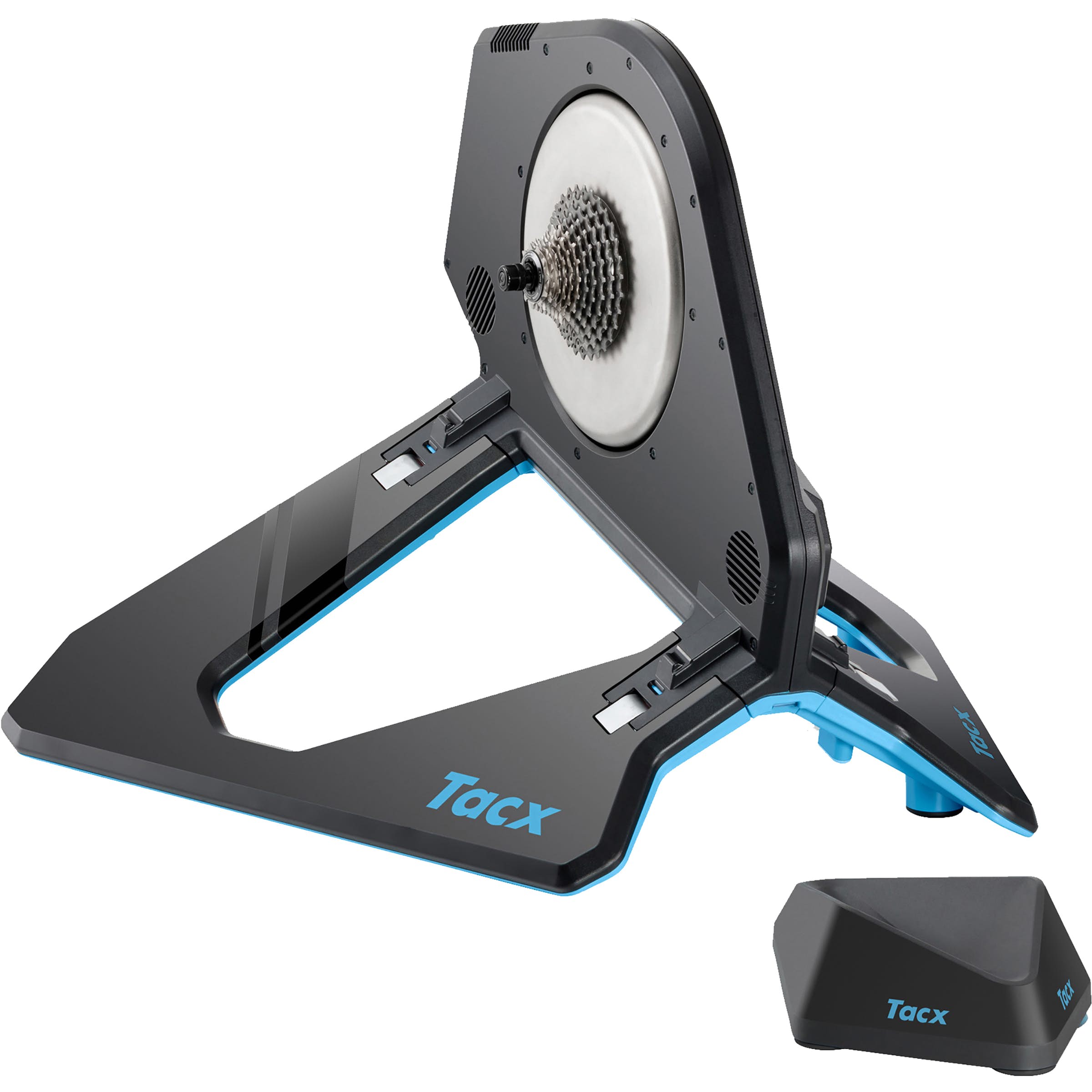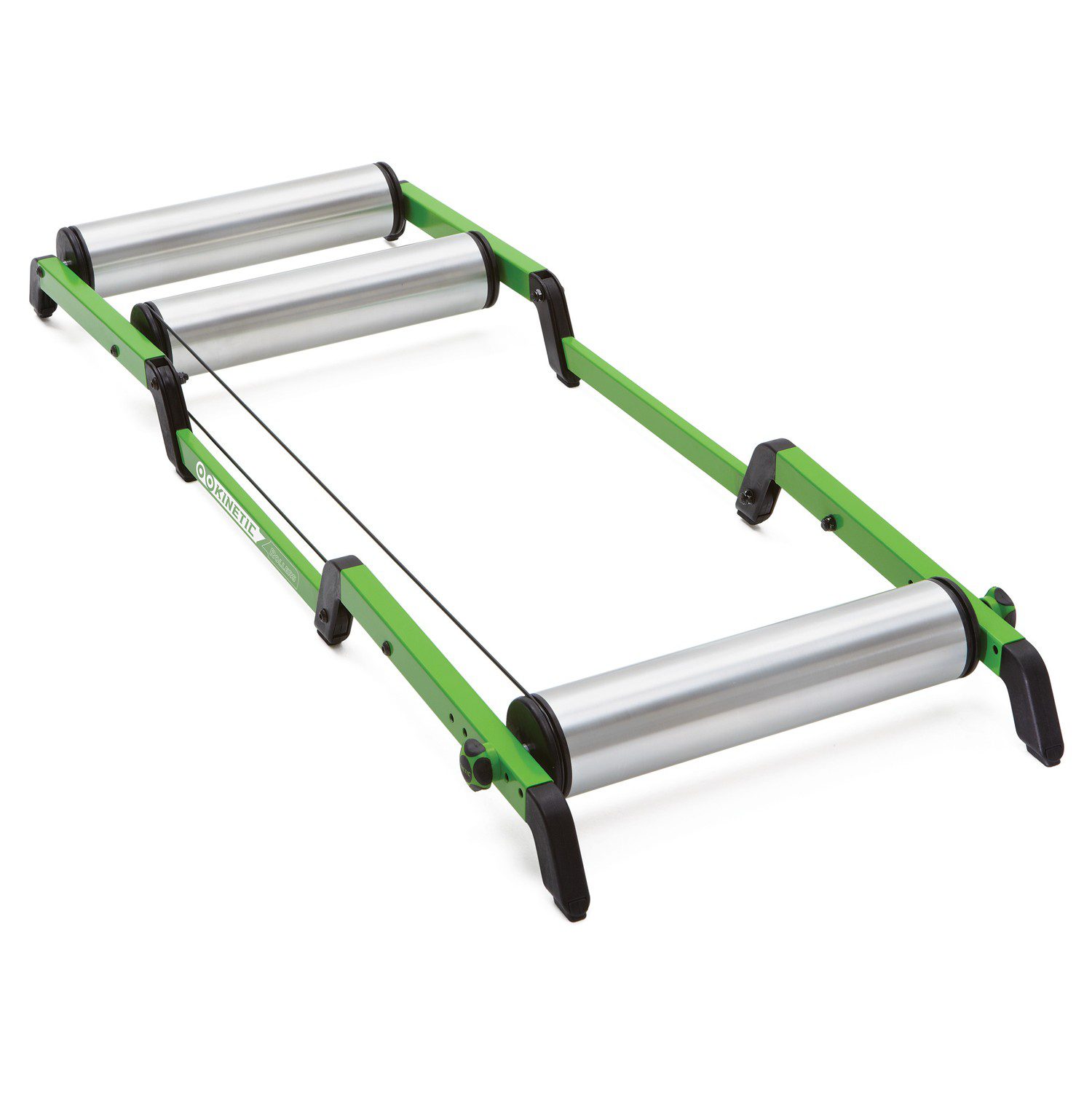What to look for in an indoor trainer (and why you should buy one now)
Get into the world of indoor training this winter
 Photo by:
Zwift
Photo by:
Zwift
This year’s bike boom has seen a massive number of cyclists getting into the sport in Canada. Now, the big question is: Will they continue riding throughout the winter?
Chances are many will. If you’re interested in dabbling in the world of indoor training, you may want to grab a trainer now, before there are none left.
Impending trainer shortages
“If they sell like other items this year, we will sell all of our trainers,” says Blair Henley at Toronto’s Bikes on Wheels.
RELATED: Optimize your FTP test preparation
John Sayko at Bicycles Eddy in Montreal says their store has already sold out of all of its base models. “They sell themselves,” he says, “people aren’t traveling with bikes in the winter this year, so I know that they’re going to go quickly.”
Indoor trainers are great for keeping up fitness throughout the winter months. Recent advancements in virtual cycling apps have made riding trainers—once a purely maintenance form of training—a fun gamified experience. They also offer the opportunity to safely train “together” with others, making them the perfect solution for a socially distanced winter.
What to look for in a trainer
Trainers can be classified into two subtypes. Trainers which measure your watt output (known as ‘smart trainers’) and those who don’t. Smart trainers, which are much easier to connect with training apps, will cost significantly more than their non-smart counterparts, making basic trainers a more appealing option for cyclists looking to keep their budget lower.
Direct-drive trainers

Almost all direct-drive trainers are smart trainers. If the convenience of getting your bike on and off your trainer is your main goal (and cost isn’t an issue) look into direct-drive trainers. To use them, you simply remove your rear wheel and place the bike on the trainer’s cassette. Some direct-drive trainers, such as the Elite Suito, come with a cassette included, but others will require you to purchase your own.
Direct-drive trainers generally give riders the most accurate measurements and will work at the highest levels of resistance. That being said, they can also be the heaviest trainers and take up the most space. If you’re looking for something portable, these might not be the best trainers for you.
Friction trainers
Using either fluid or magnetic resistance, friction trainers place a roller against the rear wheel and create resistance. There are smart higher-end friction trainers available, but they also come with a higher price point than standard friction trainers.
When buying a friction trainer it’s important to make sure the trainer will be compatible with your bike. The trainer grabs onto your bike at the rear axel and most require a special trainer skewer or thru axel adaptor.
These trainers are very portable but may be a bit noisier than direct drive trainers. Make sure they will fit unfolded in the space you plan on setting them up in. If you’re not buying a smart trainer, you’ll need a cadence and speed sensor to connect to any training programs.
REALTED: How to get into the world of virtual cycling without a power meter or smart trainer
Rollers
Rollers are the original indoor training option. A few rollers (such as the Elite Nero) are smart, but most rollers aren’t and won’t really work for very well for training apps. Training apps aren’t for everyone though, and if you’re just looking to improve your stability, exercise while watching TV or follow a timed interval workout, these may be for you.
Look for rollers with a parabolic drum to keep you centred in the middle of the rollers. Another feature to keep an eye out for when looking at rollers is a forward-backward motion, seen on trainers such as the Tacx Galaxia. The slight movement will give you more of a “road feel” and will absorb some forward motion when you accelerate, making them great for sprints.


